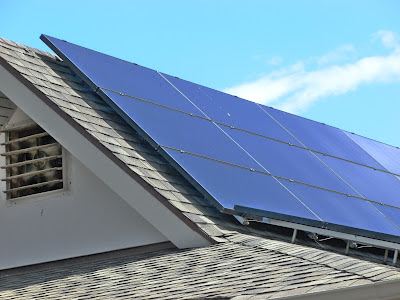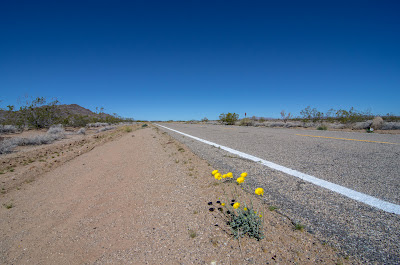It Passed!
To update you on yesterday's post, the California Public Utilities Commission (CPUC) passed the proposal to nearly double the number of rooftop solar installations that can benefit from net metering, where utility companies fairly credit the customers for solar energy they generate for themselves. Like I wrote yesterday, this is just the start. CPUC voted to pass a measure that keeps rooftop solar viable for another year or so. But we have not yet begun to understand the benefits and efficiencies of ditching our old energy model. Rooftop solar means fewer transmission lines, cutting greenhouse gas emissions, and giving pristine wildlands to future generations, not energy companies. I am looking forward to the next CPUC vote to expand rooftop solar.




